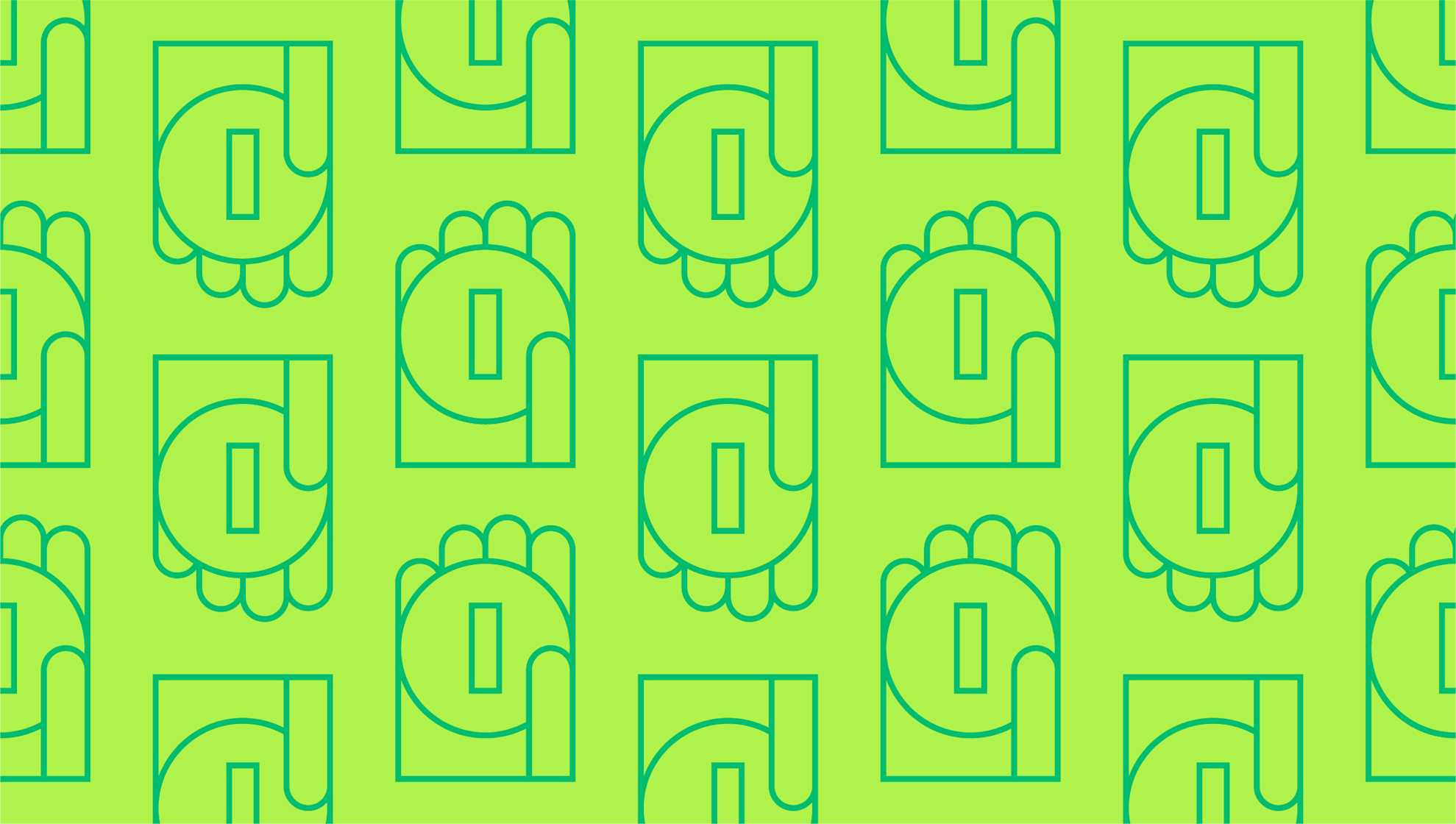Navigating NDIS funding and the new Support at Home Program

Last editedMay 20253 min read
Are you prepared for the new program co-contributions?
Aged care, home care and National Disability Insurance Scheme (NDIS) providers in Australia are gearing up for some significant changes to government programs and how payments are charged and collected.
Changes to the Home Care Packages Program and Short-Term Restorative Care (STRC) are coming. Effective from 1 July 2025, the new Support at Home Program will replace the Home Care Package (HCP) and other programs. NDIS funding will remain a separate program.
For aged care and NDIS providers, one of the most significant changes is increased consumer co-contributions for non-clinical services, including personal care and home maintenance.
See how easy it is to integrate GoCardless with your existing invoicing software (Xero, QuickBooks or Sage) to collect and reconcile co-contributions on the invoice due date, automatically. Learn more.
Providers are urgently working out how they can:
Calculate compulsory co-contributions
Automatically collect payments from elderly residents and people with disabilities
Building processes and streamlining solutions to calculate, charge and collect small amounts can be overwhelming, and collecting payments manually is impractical and expensive.
It’s more important than ever to select the right technology solutions to ensure you can meet the demands of the new programs, still service customers, and get paid. Ideally, the solution is implemented before 1 July 2025, so you’re not trying to build it and implement it at the same time.
GoCardless is transformational in helping aged care and support providers prepare for the changes, ensuring you can provide a seamless transition for clients. Let’s explore how you can prepare for the changes now.
Speak to one of our payments experts to see how GoCardless can support you.
Understanding the new Support at Home Program
The Department of Health and Aged Care states, “The new Support at Home Program will better support older people to remain independent at home. It will bring together current in-home aged care programs, have new classifications, equitable pricing, an increased focus on early interventions, and higher levels of care for people with complex needs.”
The difference between the new Support at Home Program and NDIS Australia funding
The Support at Home program and the NDIS funding are separate government-funded programs with different eligibility criteria, focuses, and funding sources. Clients can’t receive support through both programs simultaneously.
Support at Home focuses on providing in-home aged care services to help older people remain healthy, active and socially connected.
NDIS funding focuses on supporting NDIS clients with disabilities to live independently and participate in community life. As of 3 October 2024, NDIS funding can only be used for items listed as NDIS supports.
A new funding model
The Single Assessment System for aged care assesses people for the program. Current home care recipients will transition to Support at Home at their current service levels.
At a high level, whether clients may be required to make contributions is dependent on whether care is clinical or non-clinical:
Clinical care Clinical care services (e.g. nursing, physiotherapy) are usually government-funded.
Non-clinical care Clients may be required to contribute to the cost of non-clinical services (e.g. personal care, gardening, home maintenance).
Individual support plan
When a client is assessed into Support at Home, they will receive a notice of decision with an individual support plan. This includes:
a summary of their aged care needs and goals
a classification with an associated ongoing quarterly budget
an approval for short-term supports, which may include a budget for:
assistive technology
home modifications
restorative care pathway (for example, intensive allied health services)
end of life pathway.
Clients with a quarterly budget will have access to an approved list of services. Clients will select the services they wish to receive with an independent assessor.
Co-contributions
Co-contributions are determined based on the hourly rate for a service (or a percentage of the cost of a service). For example, if a client receives three hours of personal care, they may pay a contribution per hour received.
Clients who are already in the NDIS system will not pay higher contributions than they would have under their Home Care arrangements, unless they choose to move to the new program.
Co-contributions for non-clinical services are means-tested based on income and assets. Clients with a Commonwealth Seniors Health Card (CSHC) will have lower contributions, and there’s a $130,000 lifetime cap on contributions.
Challenges of manual payment collection
Manual payments are a nightmare, even when they’re not part of a new support scheme - the administrative burden and increased likelihood of errors make manual payments impractical, especially for small amounts. Manual payments for co-contributions are further complicated by the unique demographic - older clients who may not have regular access to emails and/or the internet.
Regular co-contributions require a secure and seamless repeatable process that makes things easier for your team and your clients. Successful payments can be significantly increased by regular Direct Debits, instead of ad-hoc credit card payments.
Since September, we’ve partnered with some of Australia’s largest aged care organisations to help them navigate these changes, offering a simple, stress-free way to automate the collection of upcoming co-contribution payments.
Customer story: “Integrating GoCardless with Xero means that payments are automatically collected when an invoice falls due, and then auto-reconciled once they clear. By getting rid of all that admin, GoCardless has saved us at least half an FTE in bookkeeping, worth around $25k annually.” – Wayne Findlay, CEO, The Back Room
Automate Direct Debit payments
Using a solution like GoCardless, you can make regular Direct Debit payments easy for you and your clients.
With GoCardless, you can:
Set up regular, secure Direct Debit payments
Integrate with your finance tech stack (including Xero, Sage, Quickbooks)
White-label merchant details to ensure clients understand it’s your transaction on their bank statement
Have payments automatically reconciled against invoices
Comply with data storage guidelines, including the Australian Privacy Act
If clients don’t have email or internet, a carer can deliver the Direct Debit authorisation form in person so it can be signed and uploaded into GoCardless. It’s an easy, client-centric process that increases successful payments.
Get started
Are you prepared for the new program co-contributions?
Talk to our payment specialists today about how you can prepare for the new program and make payments easy.

